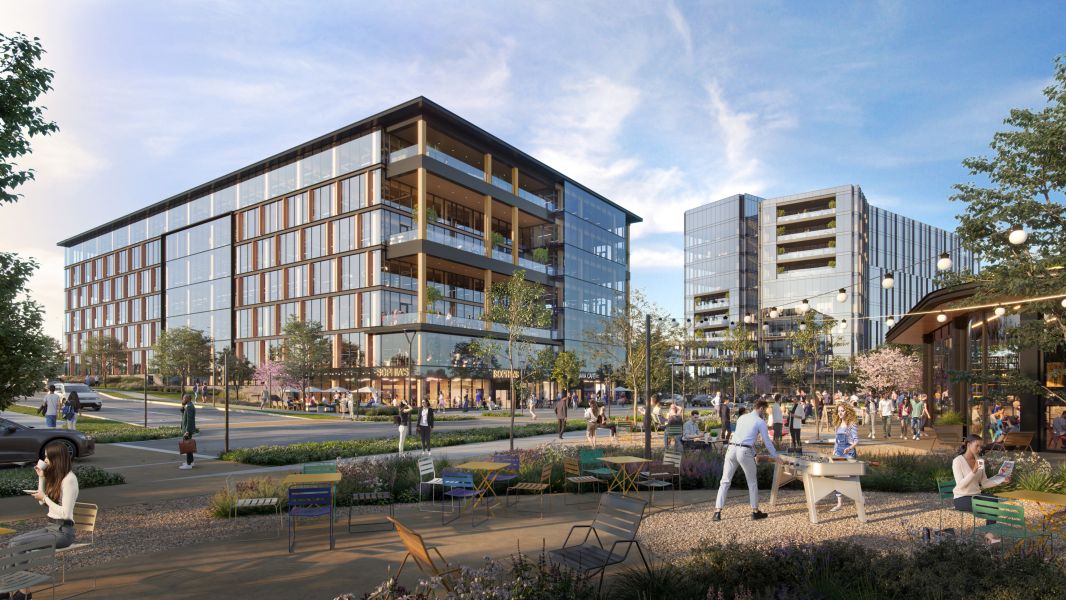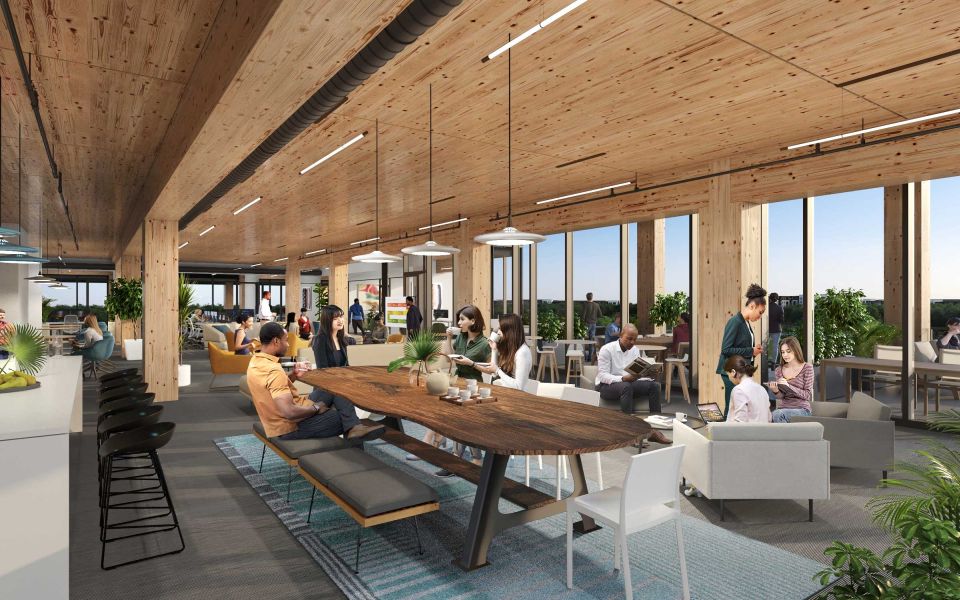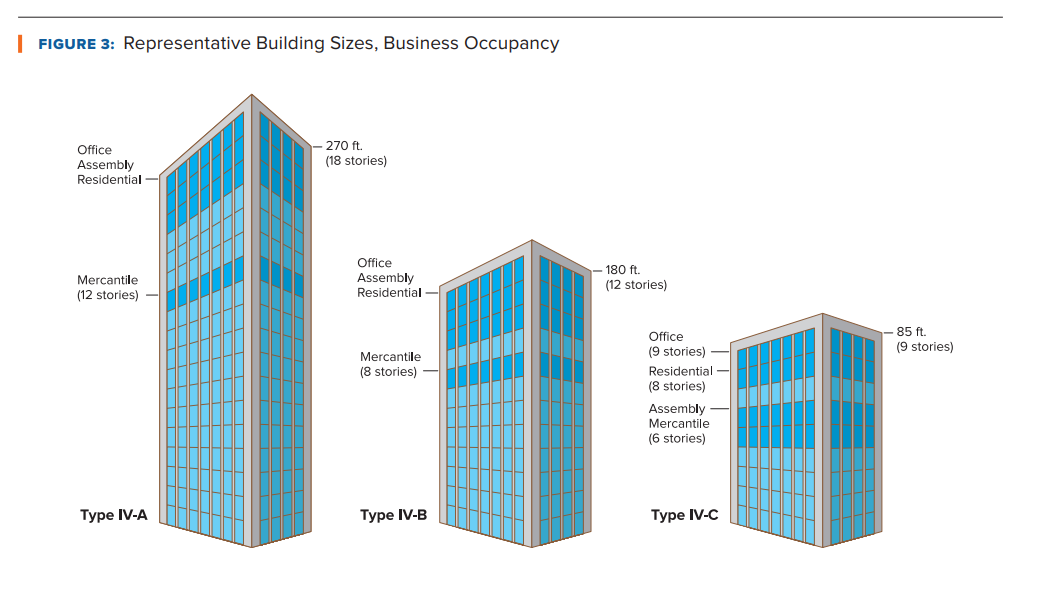5 QUESTIONS WITH TERE BLANCA OF BLANCA COMMERCIAL REAL ESTATE
MEDIA CONTACT:
Daniella Aragon-Andre
Levy Public Relations
March 16, 2023
While office buildings nationwide are struggling to lure back workers, South Florida office owners are in an enviable position, office broker Tere Blanca said.
“Because South Florida is experiencing such a constant migration of people, many companies are moving here,” said Blanca, founder and CEO of Miami-based Blanca Commercial Real Estate. “Whatever contraction we might see is mitigated by the new absorption being created by the new arrivals. So we have an offset.”
She spoke to Commercial Observer about her business strategy. This interview has been edited for length and clarity.
There’s much debate about whether workers will return to offices. What do you see happening on that front?
Tere Blanca: Depending on where you’re sitting, you’re going to get a different answer. In South Florida, we are seeing tremendous return to office, especially in finance and professional services. The parking garages are pretty full. You’re running into people all the time who are working from the office. It’s unlikely that people are going back to work five days a week, but three to four days a week has become pretty prevalent across industries. As I said back during the pandemic, the impact of COVID and hybrid work would take a fairly long period of time to express itself. Leases are typically longer-term commitments, and it takes time for companies to evaluate their needs. You’re going to see this evolution of how companies are choosing to retrofit their spaces and expand their spaces.
Whatever is available is getting leased, oftentimes by companies that are new to the area. We are sitting in a unique position compared to New York, San Francisco, Los Angeles and Chicago. These are all cities that are spectacular and have great things to offer. But, as of late, we are seeing that Florida is preferred, given its business-friendly environment and not having a state income tax. Miami is officially a gateway city from an institutional standpoint.
The official vacancy stats look good. But as you mentioned, office workers no longer are in the office every day.
In any specific building, the occupancy in Miami is above 50 percent and as much as 75 percent full on any given day. Even before COVID, when a building was 100 percent leased, you never had 100 percent of the population there all the time. Some people would be traveling. If we’re now at 50 percent to 70 percent, we’re not in a terrible place. We’re actually at a pretty normal level.
What’s your biggest challenge?
Having spaces completely ready for occupancy. There are companies of all sizes moving here that want to take occupancy the minute they sign the lease. And the municipalities throughout Miami-Dade
county are very busy, and it’s taking longer than it has in the past for certain municipalities to release epermits. Various municipalities really need to figure out how to expedite the process for buildouts to be completed on time. There’s probably 100 companies right now in the market that need 2,500 to 5,000 square feet.
We’ve heard a lot about the popularity of downtown locations and amenity-rich buildings. What kind of office space do tenants want?
Initially, tenants were focused on Brickell and Downtown Miami. But as the people behind those space needs started to understand the market, we are seeing interest and absorption in markets like Coral Gables, Aventura, which has a new Brightline station, and the Waterford Business District, which is right across from Miami International Airport. Our team is just incredibly busy working with all the tenants that want to be there. Fort Lauderdale also is experiencing really strong absorption.
How has the industry changed during your career?
The commercial real estate industry in my opinion always has lagged in adopting new technologies. The arrival of proptech has been impactful and has provided us with transparency we previously didn’t have. Artificial intelligence also allows us to aggregate data in ways that weren’t possible before. We can give insights that previously would have taken months now with the push of a button. It’s an exciting time to leverage all of these technology tools. With VTS, you can view every lease term of every lease transaction. There are some very disruptive tools. It’s a very exciting time for the industry.




MEET THE 2024 POWER LEADERS 250 – REAL ESTATE
/in In the news /by Geraldine GonzalezMEDIA CONTACT: Daniella Aragon-Andre Levy Public Relations Full Article Welcome to Part IV of our Power Leaders 250 online package. Today, we share executives that excel in the Real Estate […]
TERRA BREAKS GROUND ON BAY HARBOR ISLAND MIXED-USE PROEJECT
/in In the news /by Geraldine GonzalezMEDIA CONTACT: Daniella Aragon-Andre Levy Public Relations Full Article Terra broke ground on a mixed-use project in Bay Harbor Islands that will feature condos, an office and a restaurant. […]